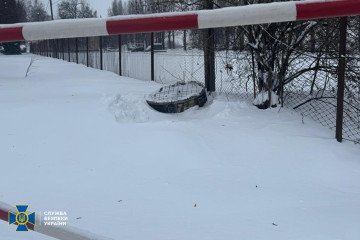Recent measurements along Norway’s border with Russia have detected traces of radioactive Cesium-137 and Uranium-235. The Norwegian Radiation and Nuclear Safety Authority (DSA) reported finding these traces in air filters from Viksjøfjell and Svanhovd between September 9th and 12th.
According to the Barents Observer, Bredo Møller, a representative from DSA’s Emergency Preparedness unit, stated that while the levels are higher than normal, they do not pose a risk to human health or the environment. Specifically, the filters at Svanhovd showed 5 µBq/m³ for the week of September 9-16, and the same concentration was measured at Viksjøfjell for the period of September 5-12.
The DSA plans to conduct further analyses in the coming days. No other radioactive isotopes were found in the filters, and it is unknown if similar measurements have been recorded on the Russian side of the border. Additionally, no peaks in Cesium-137 have been detected in northern Norway or Finnish Lapland over the past week.
Cesium-137, a fission product from nuclear reactors, could have been released during reactor start-up or maintenance, or from handling spent nuclear fuel. Other potential sources include forest fires or residual fallout from the Chernobyl disaster in 1986, as Cesium-137 has a half-life of approximately 30 years and can persist in the environment.
The presence of Russian military activities at Novaya Zemlya, where testing of the Burevestnik nuclear-powered cruise missile has been reported, could also be a factor. However, details about these tests remain classified.
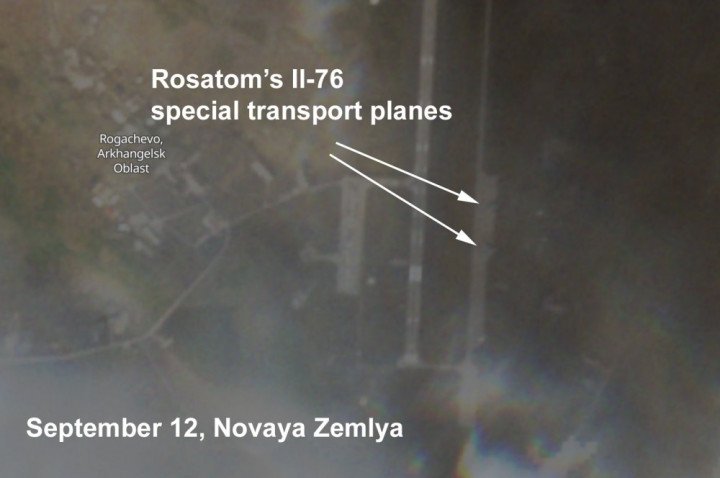
The DSA’s laboratories in Tromsø and Svanhovd continue to monitor radiation levels in the region, and the possibility of distant sources, influenced by wind patterns, is also considered.

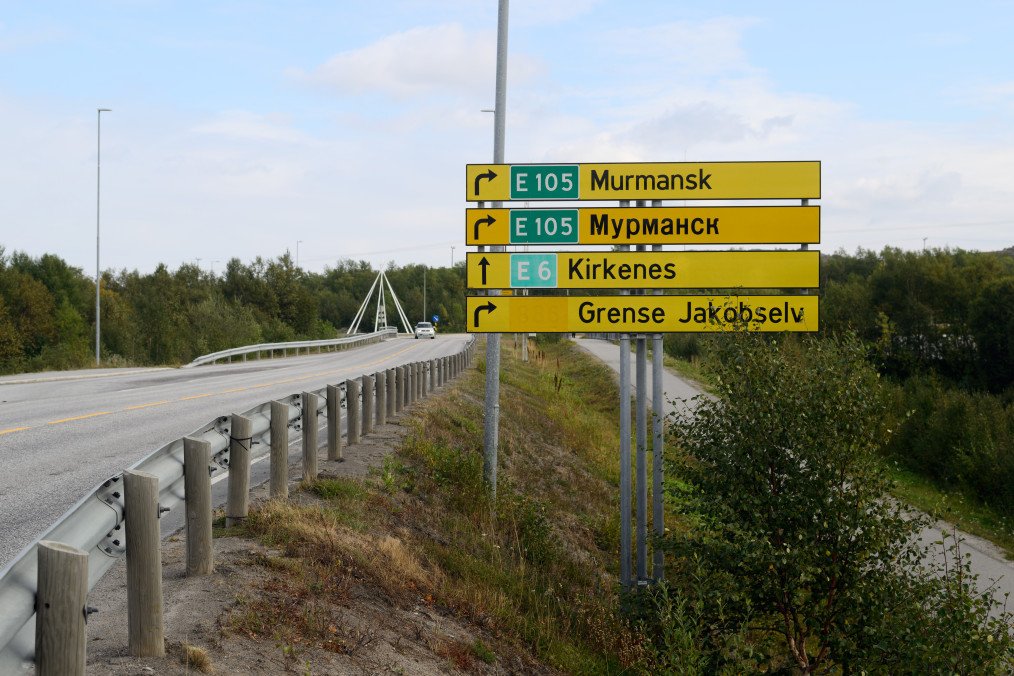
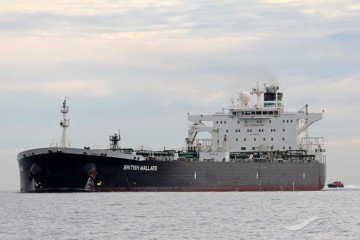

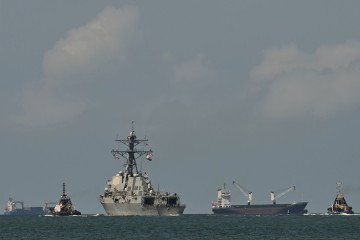

-c7e404a9e4f9a58be58f17788e1c0433.jpg)
-72b63a4e0c8c475ad81fe3eed3f63729.jpeg)
